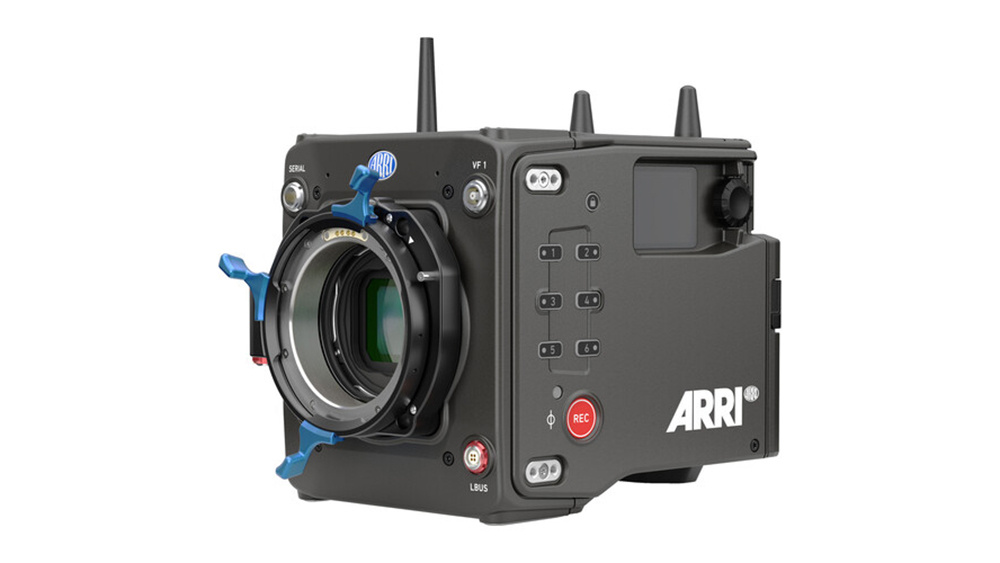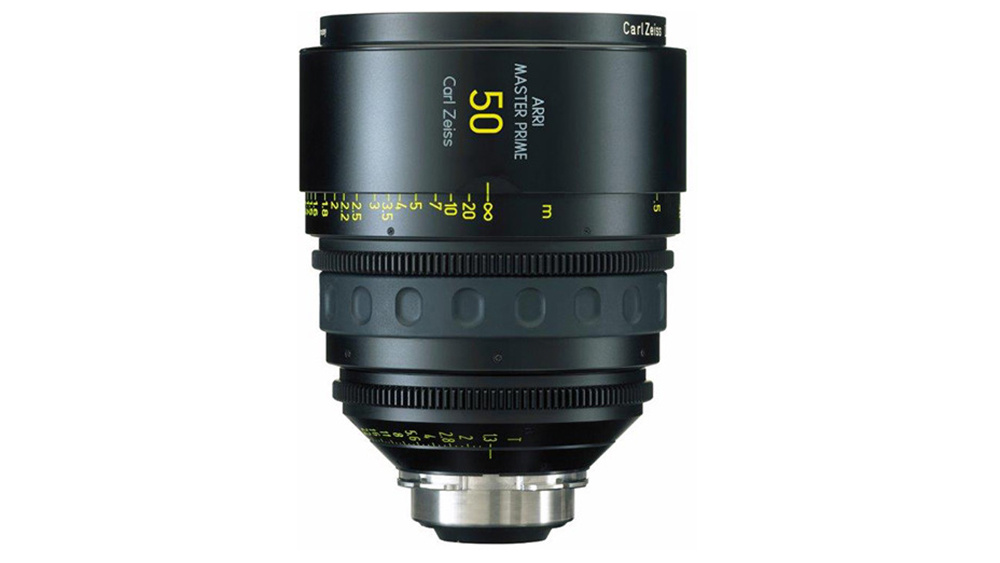Bigger isn’t always better when it comes to sensor size in video.
For those who will automatically discount my hypothesis based on the title alone, I’ll start with a few obvious concessions. In a vacuum, I would agree that a full frame sensor is superior to a Super 35mm (crop) sensor. You have greater options for depth of field. You have a wider field of view, which is a legitimate practical advantage in tight shooting situations. In filmmaking and photography, the larger the sensor, the greater the potential for image quality in most situations. As someone who owns almost exclusively full frame sensor cameras, I am hardly here to suggest that going full frame isn’t the best decision for you.
What I do want to point out, however, is that full frame versus Super 35mm probably isn’t the key factor stopping you from creating your cinematic masterpiece. In fact, opting for Super 35mm over full frame might actually work to your advantage.
A note up front: this particular discussion will be focused on the filmmaking side. While many points will be relevant to both, I’ll be looking at sensor size mostly as it relates to video as opposed to still photography. Also of note, I’ll be using the terms Super 35mm and cropped sensor interchangeably to refer to sensors smaller than “full frame.” In digital filmmaking, sensor sizes vary quite a bit. For a more scientific explanation of the various formats, this article from Sharegrid provides a detailed explanation.
Part of what made me think of this particular topic today is that I am currently in the process of reviewing Sony’s new FX30 cinema camera. With a handful of notable differences, which I’ll get to in my actual review, it is essentially a FX3 with a crop sensor as opposed to a full frame sensor. It’s also half the price. Now, whether I’d truly call either a “cinema” camera as opposed to variations on mirrorless cameras is a matter of debate for another article. But both are fully capable of producing amazing video for the right filmmaker. Naturally, every review you’ve read/watched of that camera so far will probably have pointed out the cropped sensor as a negative for the FX30. But this prompted me to ask the question: is it really a negative?
Having already addressed the ways in which full frame is clearly better, I thought it might be worth considering a few areas where Super 35mm holds a meaningful advantage.

Camera Costs
I mentioned that the full frame advantages exist in a vacuum. But, real life doesn’t operate in a vacuum. And, unless you are independently wealthy, money is a real thing. Filmmaking gear is going to be expensive regardless of the camera you choose. But, I think a pretty good litmus test to know if you are spending your production budget wisely is to consider what portion of your budget is going to your camera. Image quality is no doubt important. But, if you are spending so much on buying/renting a camera that you can’t afford things like production design, sound, or lighting, I think it’s safe to say that you’ve gotten things a little out of whack. Especially these days, when even the least expensive crop sensor camera on the market is capable of producing image quality at a very high level compared to cameras even ten years ago, one really needs to consider the incremental value of spending more on the capture device.

Lens Choice
Every cinematographer soon learns that a great camera means nothing without a great piece of glass in front of it. And this is an area where choosing a crop sensor camera can be a savings multiplier for a filmmaker.
Super 35mm cameras can utilize Super 35mm format lenses. And just as the crop sensor cameras are half the price of the full frame bodies, so too are the crop format lenses in many cases. As an example, the Sony FX3 costs $3,900 for the body. The FE PZ 16-35mm f/4 G costs $1,198. I reference this lens as it’s one currently in my possession. On the other hand, the Sony FX30 cost $1,798 for the body. And the similarly ranged E 10-20mm f/4 PZ G only costs $648. So, the first combination costs $5,098 while the other only comes in at $2,446. I realize these aren’t 1:1 comparisons and that there are a million and one other lenses to choose from, but this should give you some idea of potential savings. You may still opt for the more expensive combination for any number of reasons. But it’s worth taking a moment to think about if those advantages are worth twice the investment.
But the savings don’t stop there. If you are shooting a major project, regardless of the camera body you choose, there’s a good chance that you will be renting high end cinema lenses. Again, the lenses have as much or more to do with the look of a final film as the camera. So, let’s say for the sake of argument that you are looking to shoot with high end cinema glass like Cooke, Arri, Zeiss, or any of the other legendary glass which has been filming major Hollywood movies for decades. Because, until very recently, the vast majority of major Hollywood movies have been shot on Super 35mm sensors as opposed to full frame, the vast majority of high end glass has been formatted for those smaller sensors. So if, for example, you want to rent a set of Arri/Zeiss Master Primes, which were used by Roger Deakins on Blade Runner 2049, you will be doing so with a Super 35mm sensor as the film was shot on the Arri Alexa Mini (and the Alexa Plus and XT). As a general rule in life, I feel like, if a format is good enough for Deakins, it’s good enough for me.
Of course, this again comes with financial advantages. The top cinema lens lines have plenty of options to cover full frame sensors as well. But, as you might expect, these lenses are more expensive to rent or buy versus many of their Super 35mm format companions. So, if you are looking to up your game by upgrading your lens, it is likely to be far more affordable to do so with a Super 35mm sensor.

Options
In some ways, shooting with a Super 35mm sensor can give you the best of both worlds. If you start with a Super 35mm sensor, you have access to a world of lighter and less expensive glass. You also have access to a vast array of legendary cinema lenses designed for the Super 35mm sensor. But, at the same time, were you to prefer to invest in full frame glass, those lenses will also be able to cover the Super 35mm sensor. So you can future proof your lens collection while still being able to gradually grow your camera body.
Many manufacturers also produce speed boosters which allow you to get a full frame field of view on a crop sensor body. For me, the main advantage of a full frame sensor isn’t image quality or bokeh. It’s the more practical concern of making the most out of my wide angle lenses. By slapping on a speed booster, you can negate the narrowing effect of the crop sensor and open up new possibilities.
As I mentioned at the head of this piece, this is not an argument for Super 35mm being better than full frame for filmmakers. Rather, this is simply meant to point out that, if a full frame production package is beyond your current budget, it is not quite the end of the world. Major beautiful movies have been being shot on Super 35mm sensors for a very long time. And the only real limitation is your imagination and skill set. So dream big, take care in your lighting and composition, and don’t spend so much time worrying about sensor size.







I like that you have distilled the argument in this case to two variables - cost, and lens choice, or as I would put it in this case, lenses that are built for purpose. There is a ton of Super 35 legacy cinema glass out there, clearly performing well enough to meet todays most demanding use cases. Cost also comes into play when we consider the likely need for multiple camera bodies - the cost per unit advantage of crop sensor starts to add up when we need multiple units to achieve our goal.
Great point